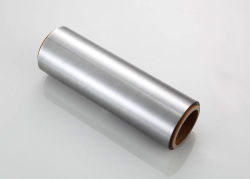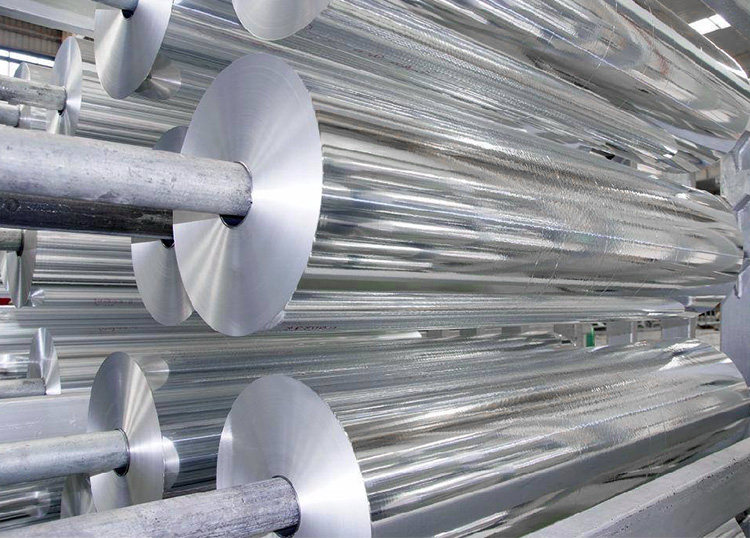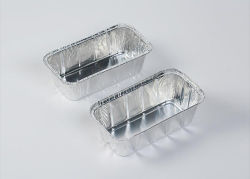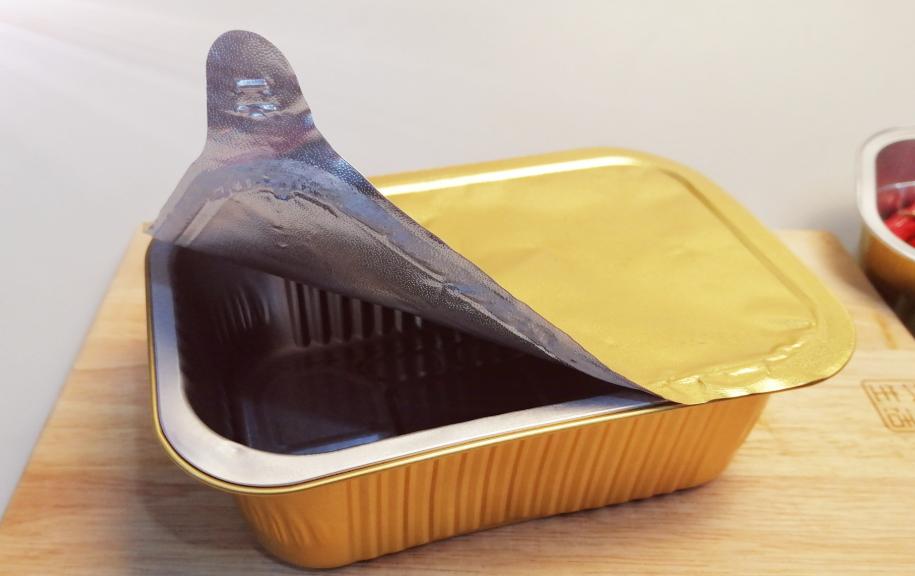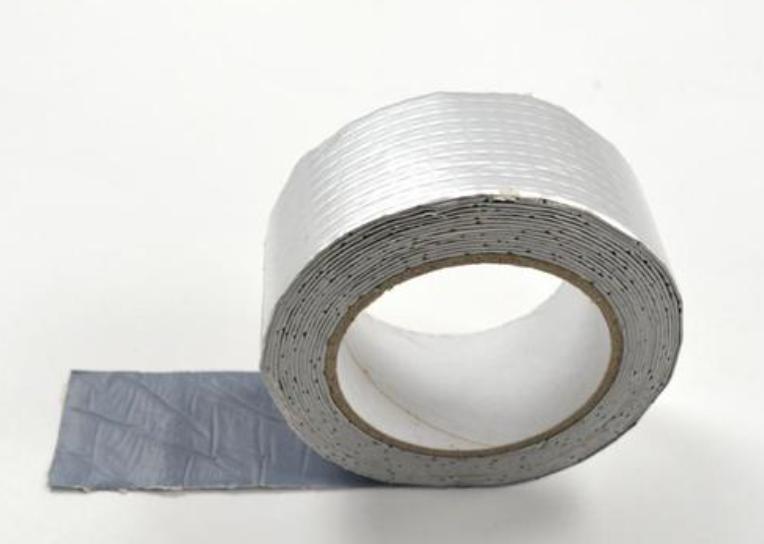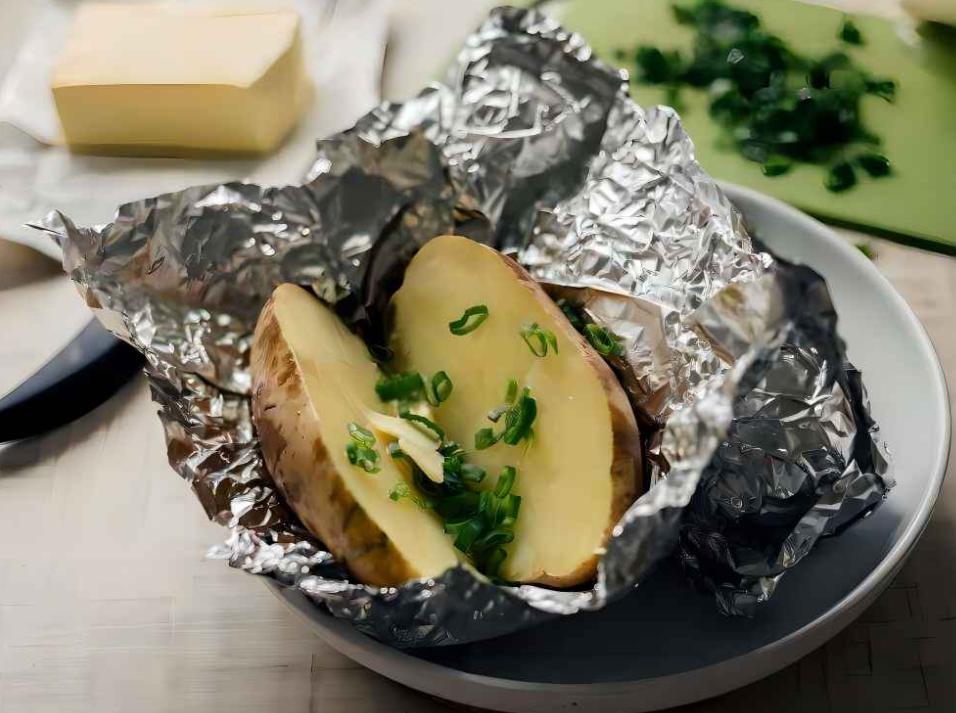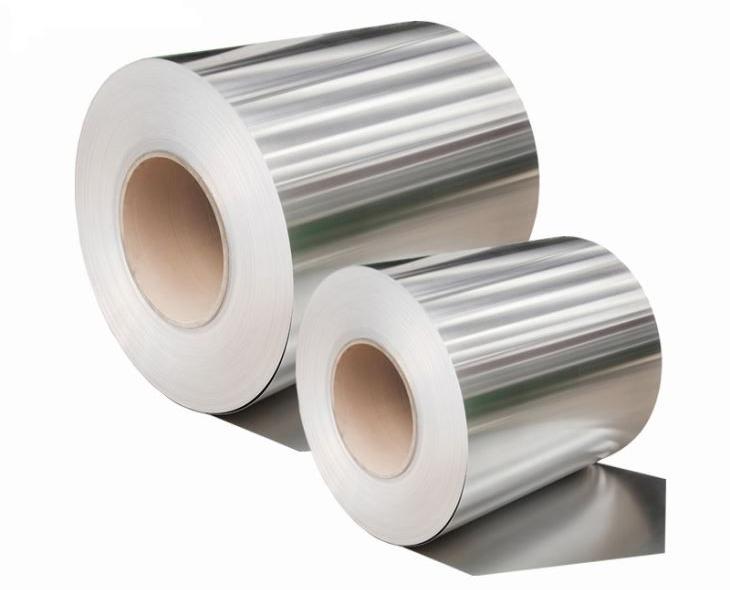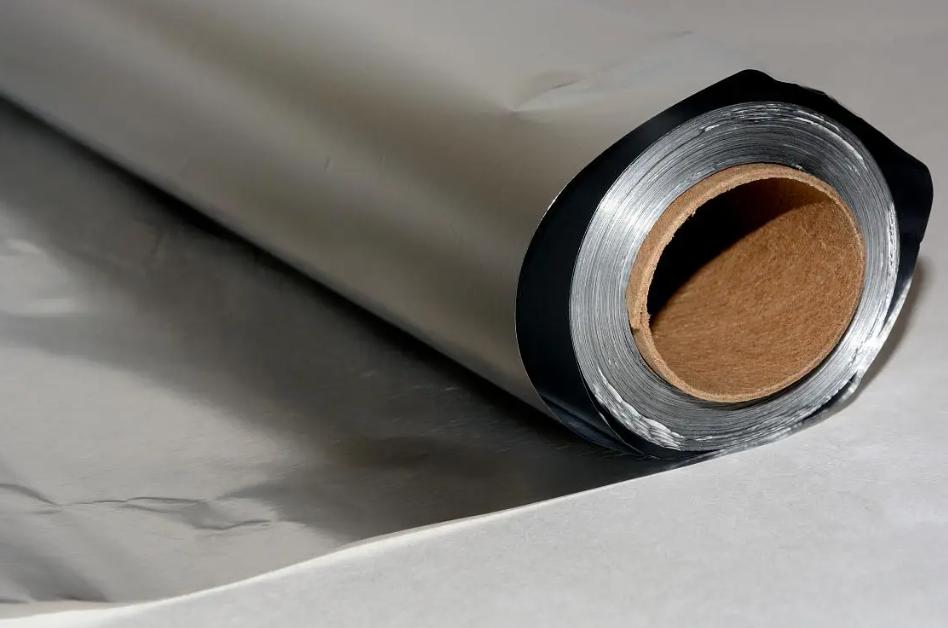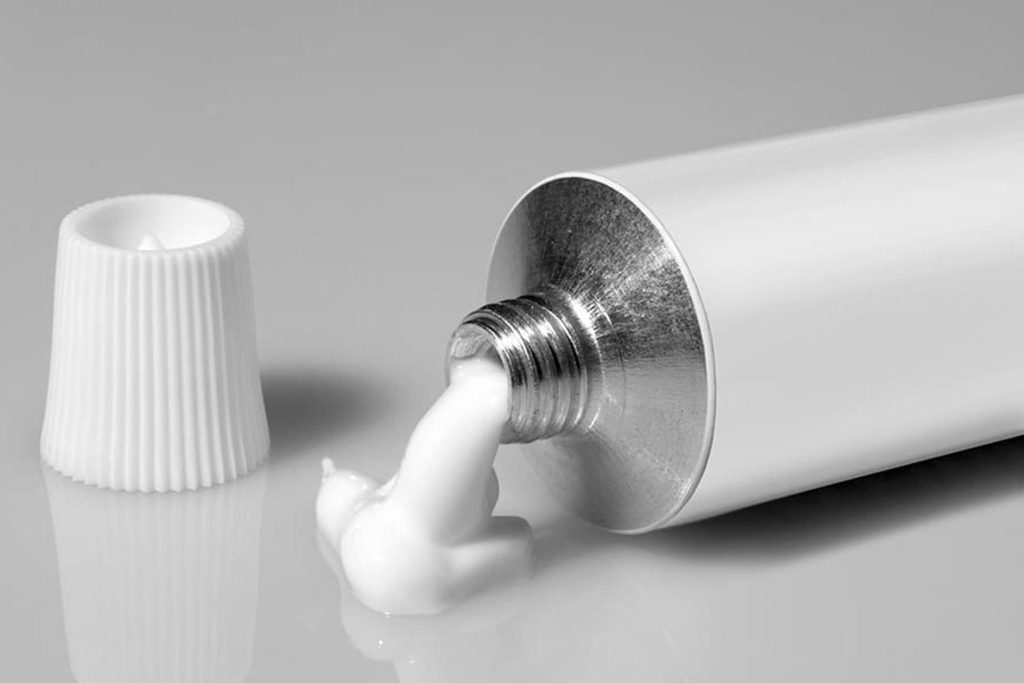In the whirlwind of modern life, the significance of aluminum foil packaging often goes unnoticed. Yet, this unassuming material, derived from thoroughly annealed aluminum, possesses a remarkable combination of properties that make it indispensable in a wide range of applications. Its remarkable flexibility, superior sealing capabilities, and excellent barrier properties have transformed it into a ubiquitous presence in our daily lives.
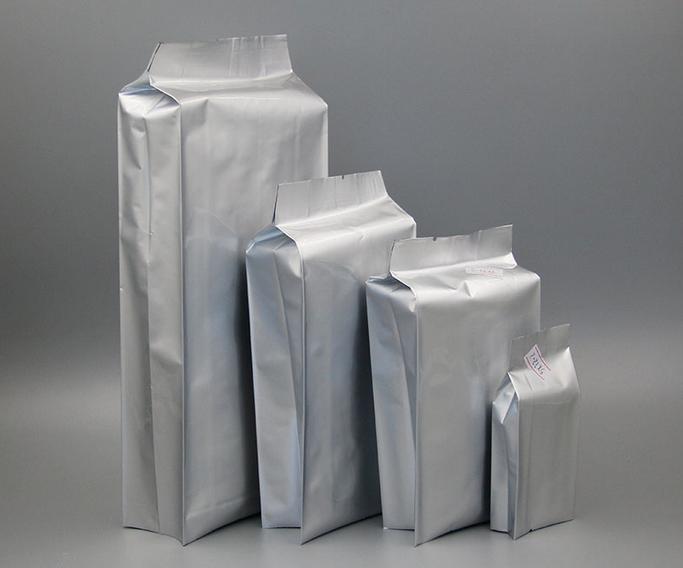
Common Examples of Aluminum Foil Packaging
Aseptic Packaging for Milk: Preserving Freshness and Quality
The familiar rectangular cartons that house our daily milk intake are a prime example of aluminum foil composite material. These aseptic packages, meticulously crafted to preserve the freshness of the contents, employ a combination of aluminum foil and other materials to create a sterile environment. This ingenious combination maintains the quality of the milk, ensuring that it reaches consumers in its pristine state.
Cigarette Packaging: Aesthetics and Aroma Preservation
Beyond the eye-catching exterior of cigarette boxes lies another layer of aluminum foil, serving a dual purpose. This foil adds a gleaming sheen to the packaging, enhancing its aesthetic appeal, while simultaneously preserving the delicate aroma of the tobacco. It stands as a testament to the versatility of aluminum foil in enhancing both aesthetics and functionality.
Food Packaging: Ensuring Longevity and Quality
Aluminum foil composite materials are extensively employed in the packaging of various food items, including chicken essence and ice pops. These soft packages offer a remarkable blend of barrier properties, safeguarding the longevity and quality of the enclosed products. Whether it’s preserving the savory essence of chicken broth or maintaining the refreshing flavors of ice pops, aluminum foil packaging plays a vital role in preserving the integrity of these products.
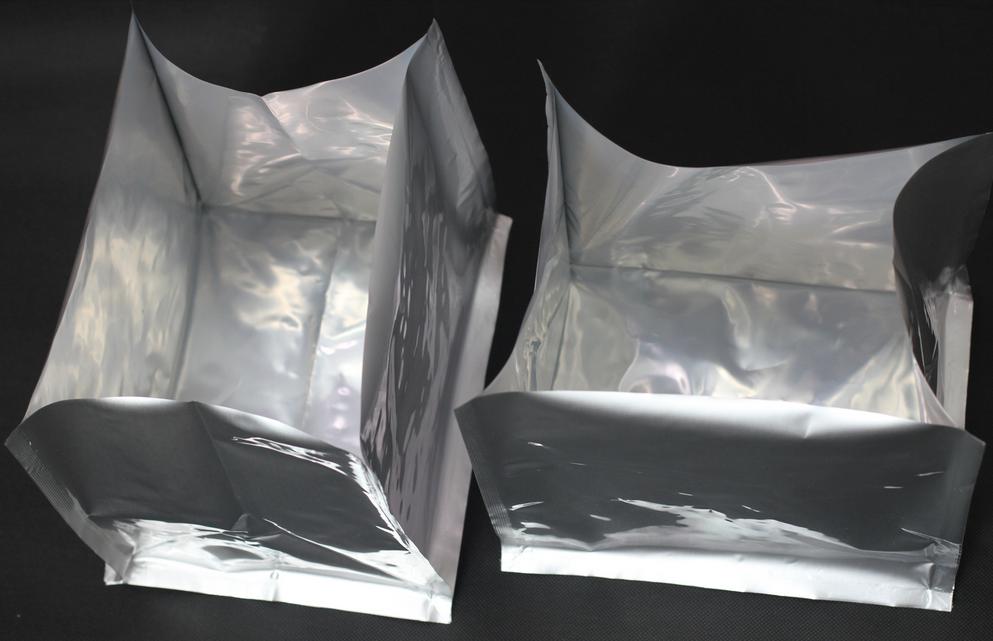
Diverse Forms of Aluminum Foil Packaging: Catering to Specific Needs
The versatility of aluminum foil extends to various forms of packaging, each designed to cater to specific needs.
- Aluminum-Plastic Composite Cans: These cans, composed of aluminum foil, plastic film, and cardboard, serve as premium packaging for items like motor oil, frozen foods, and snacks. Their non-toxic, odorless, and pollution-free nature, coupled with their recyclability, makes them an environmentally conscious choice.
- Aluminum-Plastic Composite Film: Widely employed in the food, pharmaceutical, and military packaging sectors, this type of film excels in barrier, mechanical, and heat-sealing properties. Its use in products like sterile milk packaging exemplifies its ability to protect sensitive products.
- Aluminum-Plastic Composite Tubes: Commonplace in packaging toothpaste, pharmaceutical ointments, and cosmetics, these tubes are designed for semi-liquid and cream products. Their excellent isolation, resistance to rupture, and clean, aesthetic appearance make them ideal for these applications.
- Aluminum Foil Seals on Wine Bottles: The crinkled, thin aluminum foil covering the neck and mouth of wine bottles serves as a tamper-evident seal. Due to its excellent stretchability, tensile strength, and ease of printing, aluminum foil seals are increasingly used in the packaging of beer, fruit wine, and premium soy sauce.
- Blister Packs for Medications: Perhaps the most familiar application, aluminum foil is extensively used in blister packs for medications. These packs include easy-to-open bottle caps for liquid medicines and pharmaceutical blister packs sealed with PTP (Press Through Pack) aluminum foil. The PTP foil provides advantages like non-toxicity, corrosion resistance, impermeability, heat resistance, moisture resistance, and light blocking, making it widely used in the international pharmaceutical industry.
- Household Aluminum Foil: This ubiquitous household item is an essential tool for cooking, freezing, wrapping, and baking. Its ability to withstand direct heat makes it suitable for use in microwaves and ovens, preserving the natural flavors and appearance of food. Whether at home or during travel, household aluminum foil is a versatile companion for various culinary needs.
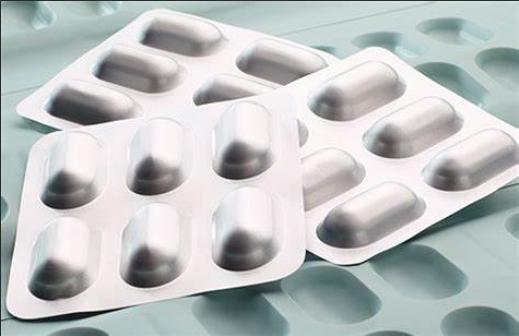
Conclusion: A Ubiquitous and Sustainable Material
In conclusion, the prevalence of aluminum foil packaging in our daily lives is far-reaching and diverse. From preserving the freshness of milk to safeguarding the aroma of cigarettes, and from pharmaceutical applications to household convenience, aluminum foil and its composite materials play an integral role in modern packaging. As technology advances and environmental considerations become more critical, the versatility and recyclability of aluminum foil make it a sustainable choice for the future of packaging solutions. Its ubiquity and adaptability underscore its importance in our lives, ensuring the safe and effective packaging of a wide range of products.

